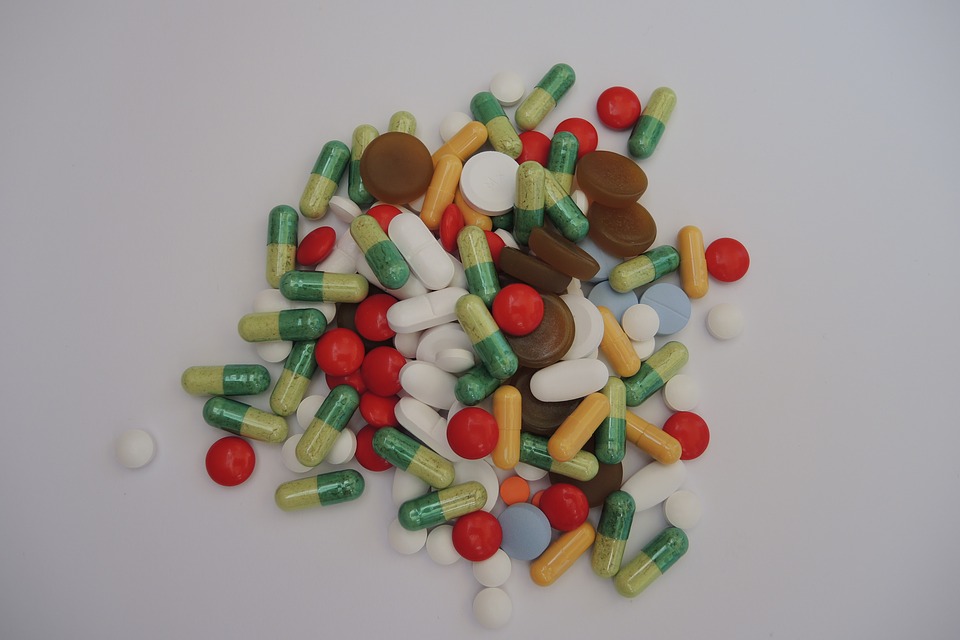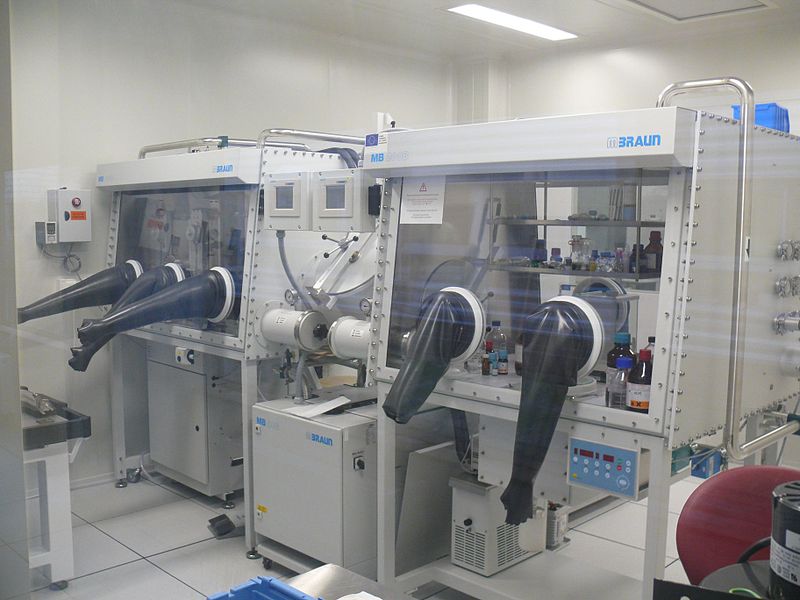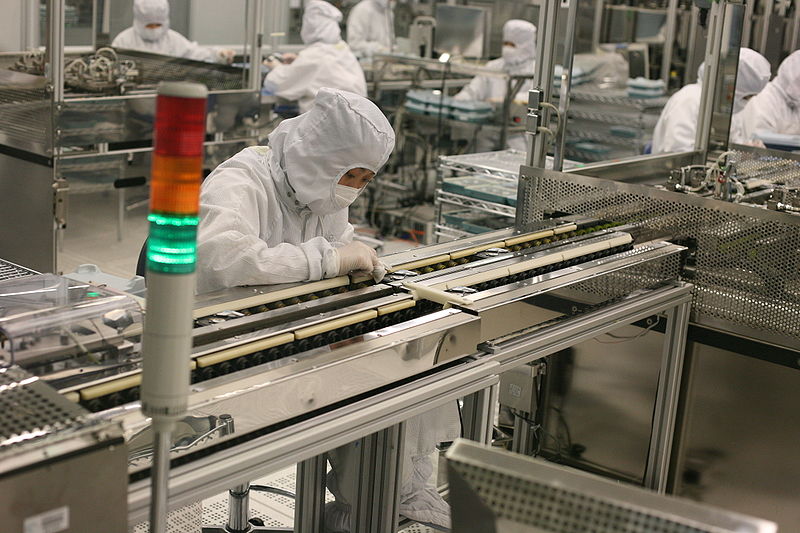A key focus of my blog is STEM. While we tend to focus most of our attention on the practitioners, a major part of the Healthcare Industry is the manufacturing. With the products being intended for use on patients, it’s critical that they have no contamination and be as sterile as a possible. The following contributed post is therefore entitled, Taking Care of Contamination Inside The Medical Factory.
* * *
When it comes to healthcare, most of us think about family doctors or hospital staff. Some may even spare a brief thought for those in research labs. Either way; we always tend to reach for obvious choices. That’s because they’re the positions which have most impact on the experiences we have when we go to our local health facilities. Many people forget that there’s also manufacturing involved in every aspect of health care. From the machines used to treat us to the medicine we take; someone has to make it in the first place. And, it’s this neglected manufacturing process which we’re going to focus on today.
If you’re interested in health care without the patients, this could be the ideal career solution for you. Even better, the fact that this side of the business so often gets forgotten means that you could soon become a forerunner in the industry. At least, you could if you remember one important factor.

Let’s face it; factories are usually pretty messy places. We’re talking oily hands and overalls which haven’t seen the wash in weeks. On a medical manufacturing line, though, hygiene is everything. If you approach your factory with a mess in mind, you’ll soon find yourself shut down with lawsuits on your hands.
Luckily, there are steps you can take to prevent that happening. First, let go of that messy mechanic idea you have of how your factory should be. Then, consider the following ways to make sure your health care factory is as clean as a doctor’s surgery would be.
Are you working to FDA standards?
The biggest thing you need to bear in mind is that the FDA have strict regulations for anyone manufacturing medicines of any kind. The Current Good Manufacturing Practice (CGMPs) should be the first port of call for anyone looking to break into this industry. You need to know the rules inside out to ensure that your factory and processes are as clean as they can be. In many ways, you may also find that this guideline helps you to get going in the first place. In short, CGMPs ensure that every process and method you have in place works towards a safe and reliable product. These guidelines are essential when you consider that you as the manufacturer can’t necessarily ensure product quality any other way. While testing is also essential, it’s not a sure-fire way to ensure quality across the board. But, CGMPs are. Once you’ve done your homework and built a safe space for production, it’s essential that you get an FDA member to approve what you’re doing. They’ll be able to pick out both what you’re doing right, and what you’re getting wrong. That alone can be a huge help in your battle against contamination.
The equipment you use

It is also worth bearing in mind the equipment you choose. This can both help you to keep everything sterile and pose a risk of its own. First, consider whether production equipment meets with the standards mentioned above. Machinery which makes life easy is crucial in any factory, but it’s even more critical in yours. That’s because fast and machine-focused processes are your best chance at keeping things clean. You want regular sanitation along your production line, with air blowers which can dry products fast after they’ve been disinfected. You also want machines which package your products for you without risk of contamination along the line. More than being useful additions, machines like these are essential for a safe production line. You also want to make sure that you’re sanitising your machines themselves. That means cleaning them regularly, and even keeping certain devices covered when not in use. If your team also rely on one-use items along the way, you should keep these in sterile packaging until your team come to need them each day. You need to think, too, about the equipment required for your products themselves. These are at the worst risk of contamination because they come into your factory from outside. It’s worth ordering separately packaged items in coatings which you remove the moment they arrive. You can then carry all products into your warehouse, safe in the knowledge that they’re sanitary. All the better to ensure you aren’t bringing contaminants into your space.
The staff involved

Speaking of bringing contaminants into your space, you also need to think about your staff. They are, after all, the only outside factor aside from your production materials. The first thing you need to do is make sure that they’re well trained in the health and safety aspects of what you do. You may find it beneficial to hire those who have worked in similar fields before. That way, you guarantee that they already understand at least some of your processes. It’s also worth putting every team member through intensive FDA-approved training before letting them into your factory space. On top of all those precautions, you also need to consider the uniforms you provide. As we mentioned at the start of this post, the majority of warehouses involve scruffy overalls and hi-vis jackets. Whatever happens, you need to make sure you aren’t making that mistake. The clothes your staff members wear in this space need to be as sanitary as everything else. That means newly washed items every single working day. You should also consider sterile covering for everything from hair to shoes. Your staff may end up looking like they’re dressed for surgery, but these are necessary precautions. Think how much harm even one misplaced hair could do. It could see your factory shut down, that’s for sure, and isn’t a risk worth taking.
As you can see, a lot goes into keeping a factory like yours safe and sanitary. As much as they sound like hard work, these processes will soon become second nature to you and your team. Then, you can enjoy what you do without having to worry all the time that it’s about to blow up at you.
